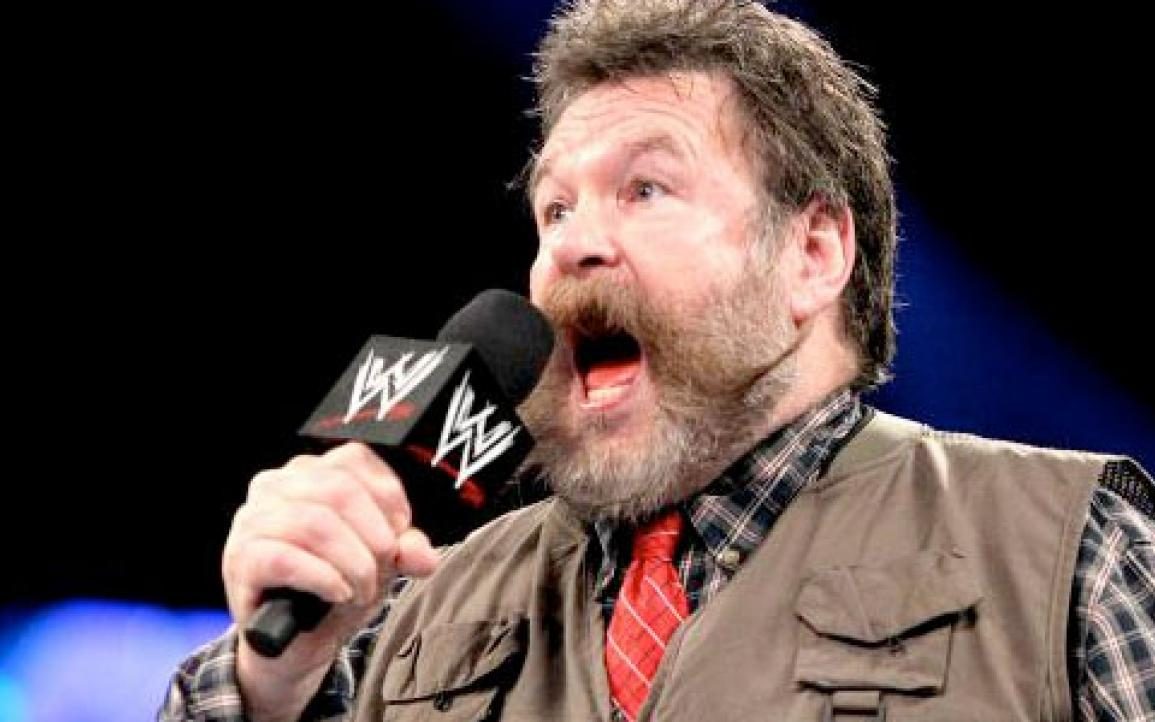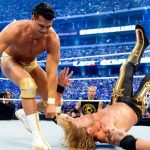WWE has always been about more than just athleticism — it’s about storytelling, charisma, and presence. While many Superstars shine inside the squared circle, only a few manage to extend their legacy beyond active wrestling. Some of the most memorable personalities in WWE history have transitioned from dominating opponents to guiding the next generation of talent as managers. These figures bring with them a wealth of experience, character work, and a deep connection with audiences that can’t be taught.
Turning from performer to mentor, these legendary stars have taken their unique personas to ringside, adding new layers to storylines and helping younger talents get over with the crowd. Today, we’re taking a closer look at four WWE Superstars who successfully transitioned into managerial roles and made a significant impact on the careers of others — proving that their influence doesn’t stop when the bell rings.
1. Paul Heyman — The Advocate Who Redefined Managerial Success
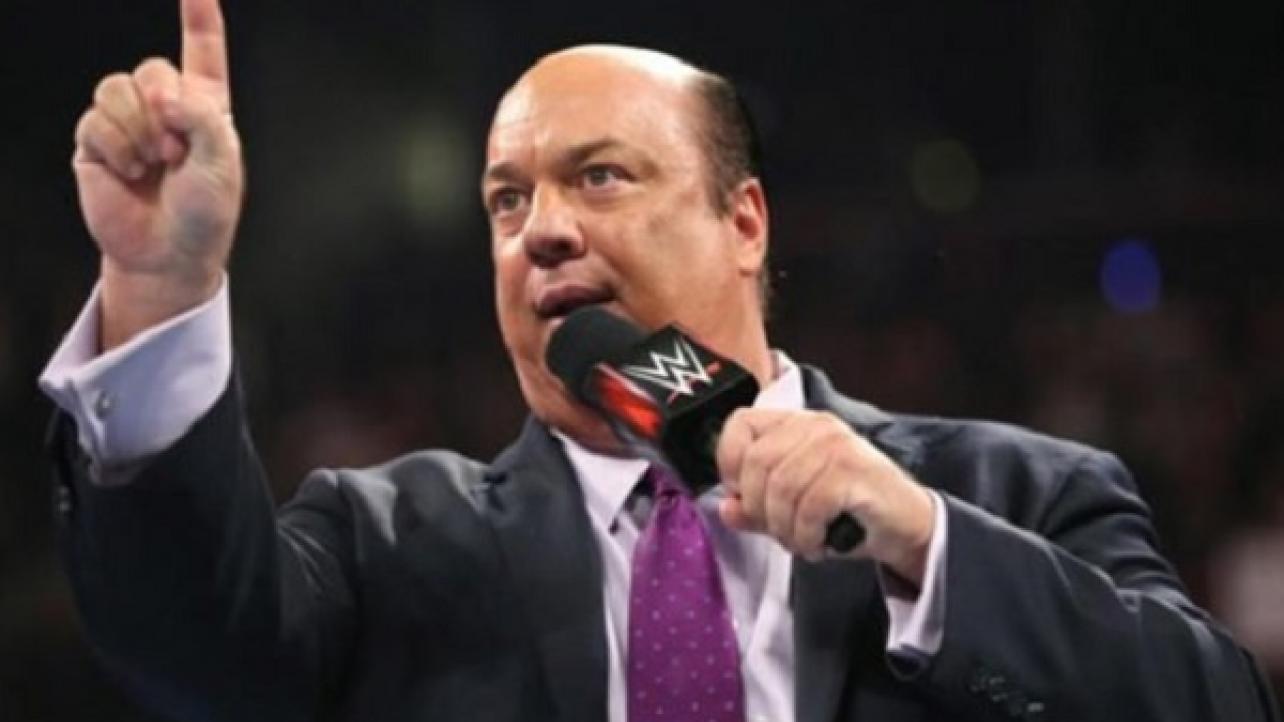
When discussing successful WWE managers, Paul Heyman’s name stands at the top. But before becoming one of wrestling’s greatest mouthpieces, Heyman was involved in several roles within the industry, including as a promoter and commentator. However, it’s his role as a manager — or, as he calls himself, an “advocate” — that has left a lasting mark.
Heyman is most famously linked to Brock Lesnar, whom he guided to unprecedented success. His ability to hype matches, deliver powerful promos, and add intensity to his clients’ personas made him an indispensable part of their careers. Through his partnership with Lesnar, Heyman turned himself into a critical part of major WWE storylines, including Lesnar’s legendary feud with The Undertaker and multiple WWE Championship reigns.
Beyond Lesnar, Heyman has managed other stars like CM Punk, Roman Reigns, and now Solo Sikoa. His skill in building anticipation for matches and elevating the stakes has helped shape some of WWE’s biggest rivalries. Heyman’s sharp mind, unmatched mic skills, and deep understanding of the business ensure that even after stepping away from in-ring action, he remains a pivotal figure in WWE storytelling.
2. Ric Flair — “The Nature Boy” Leading the Next Generation
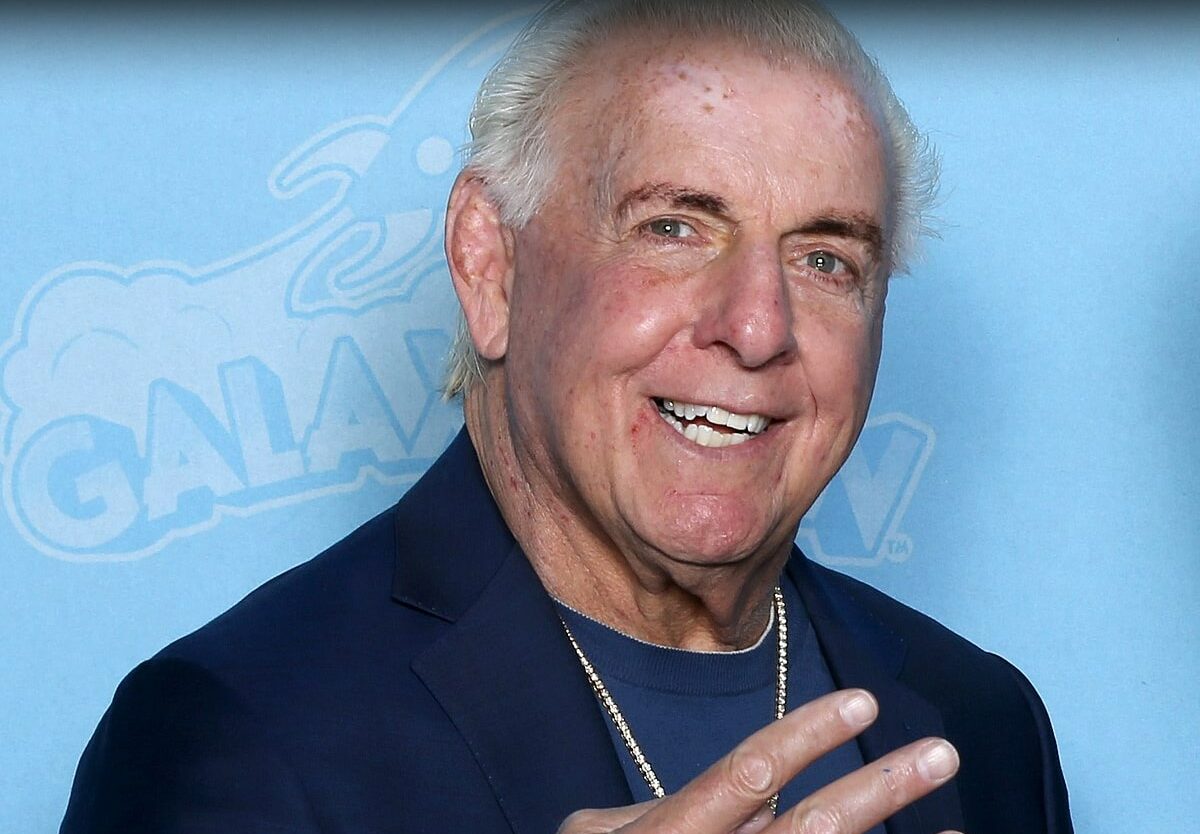
Ric Flair is one of the most decorated professional wrestlers in history, but his contributions didn’t end when his wrestling career did. Known for his unmatched charisma, over-the-top persona, and legendary “Wooo!”, Flair naturally transitioned into the role of manager, using his decades of experience to guide rising stars.
Flair found notable success as a manager for Evolution, a faction that included Triple H, Randy Orton, and Batista. His presence brought legitimacy to the group, while his mentoring behind the scenes helped mold both Orton and Batista into future world champions. Flair’s ability to be the smooth-talking veteran, combined with a willingness to get physically involved when needed, made him a key part of Evolution’s dominance in the early 2000s.
Later, Flair would align himself with his daughter, Charlotte Flair, offering both storyline and real-life guidance as she rose to prominence in the women’s division. His endorsement added significant credibility to her character and helped bridge the gap between the classic era and modern WWE. Flair’s transition from champion to mentor showcases how legends can continue influencing the business long after they leave the ring.
3. Ted DiBiase — The “Million Dollar Man” Turned Million-Dollar Mentor
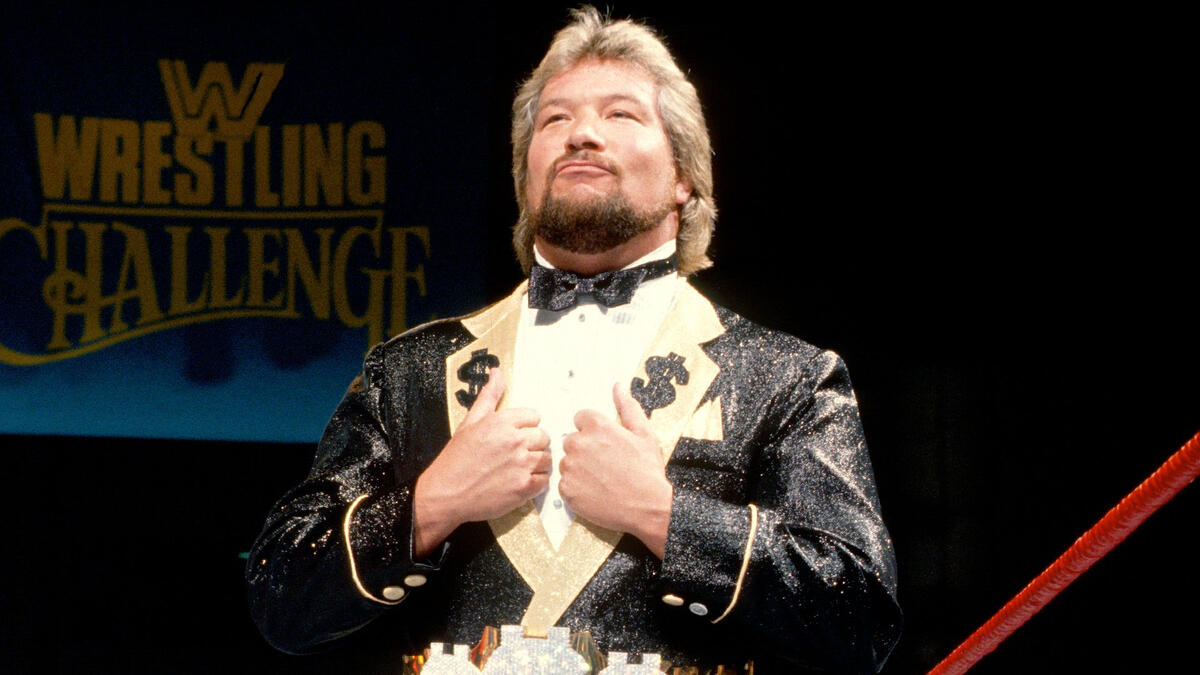
Ted DiBiase, famously known as “The Million Dollar Man,” brought one of the most recognizable gimmicks in WWE history to life. After years of portraying the arrogant, money-obsessed villain, DiBiase found a new way to extend his character’s legacy as a manager and mentor to emerging stars.
During the 1990s, DiBiase led the villainous stable, The Million Dollar Corporation, which included wrestlers like Bam Bam Bigelow, Sycho Sid, Tatanka, and IRS. As the wealthy mastermind, DiBiase served as a manipulative figure pulling the strings behind the scenes. His sharp promos and devious schemes added depth to his stable’s storylines, keeping them involved in main-event angles.
What made DiBiase’s managerial run successful was how he maintained his established character while shining a spotlight on others. His guidance was instrumental in elevating mid-card talents into headline-level feuds. Even years later, DiBiase’s influence continues through appearances tied to the “Million Dollar Championship” storyline, including mentoring his son, Ted DiBiase Jr., during his WWE run. The “Million Dollar Man” proved that money talks — but so does experience and wisdom passed on to the next generation.
4. Zeb Colter — Crafting Stars with Words and Wisdom
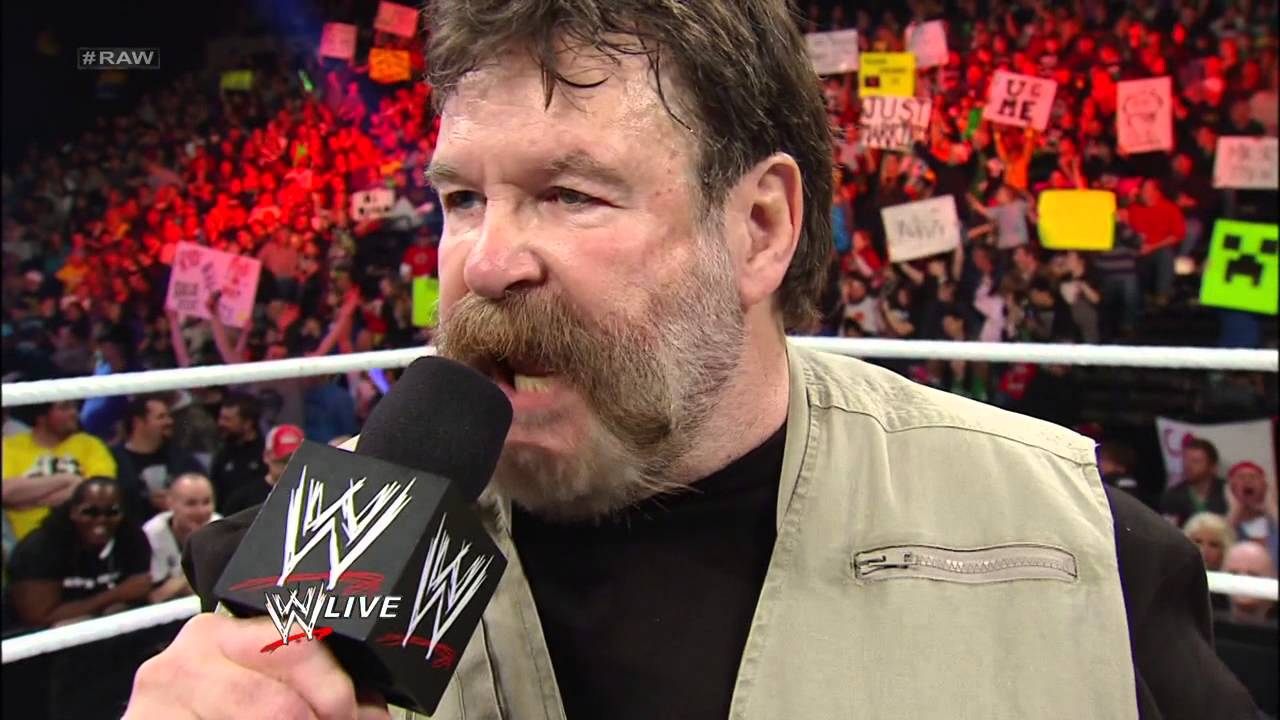
Dutch Mantel, known to WWE fans as Zeb Colter, reinvented himself as one of the most memorable managers in the modern era. With his rugged look and sharp tongue, Colter’s portrayal of a politically charged, outspoken character was controversial yet incredibly effective at drawing heat from audiences.
Colter became best known for managing Jack Swagger, turning the All-American wrestler into a “Real American” character, whose gimmick aligned perfectly with Colter’s intense promos about patriotism and anti-immigration stances. While the persona walked a fine line, it succeeded in getting major reactions from the crowd and helped Swagger stay relevant in a competitive roster.
Later, Colter also aligned with Cesaro, briefly managing him following WrestleMania 30. His mic work added needed depth to Cesaro’s persona at the time. Colter’s ability to craft engaging narratives and his presence ringside kept his clients in the spotlight. Beyond his on-screen role, Mantel’s long history in wrestling gave him the expertise to help younger talent understand how to connect with the crowd. Colter’s successful pivot to management highlighted the importance of pairing strong in-ring talent with equally strong voices outside the ring.
Why These WWE Superstars Succeeded as Managers
The journey from wrestler to manager isn’t an easy one — not every former Superstar can make that transition work. However, what made figures like Paul Heyman, Ric Flair, Ted DiBiase, and Zeb Colter stand out was their deep understanding of wrestling psychology, combined with unmatched charisma and mic skills.
Each of these personalities used their established reputations to others, helping forge new stars and build memorable storylines. Whether acting as the voice for those who lacked confidence on the mic or adding credibility to a faction or individual wrestler, they served vital roles that enhanced WWE programming.
Their success reminds fans that the influence of a great Superstar doesn’t have to end when the boots come off — sometimes, their most significant contributions happen outside the ring, guiding the next wave of talent toward greatness.

